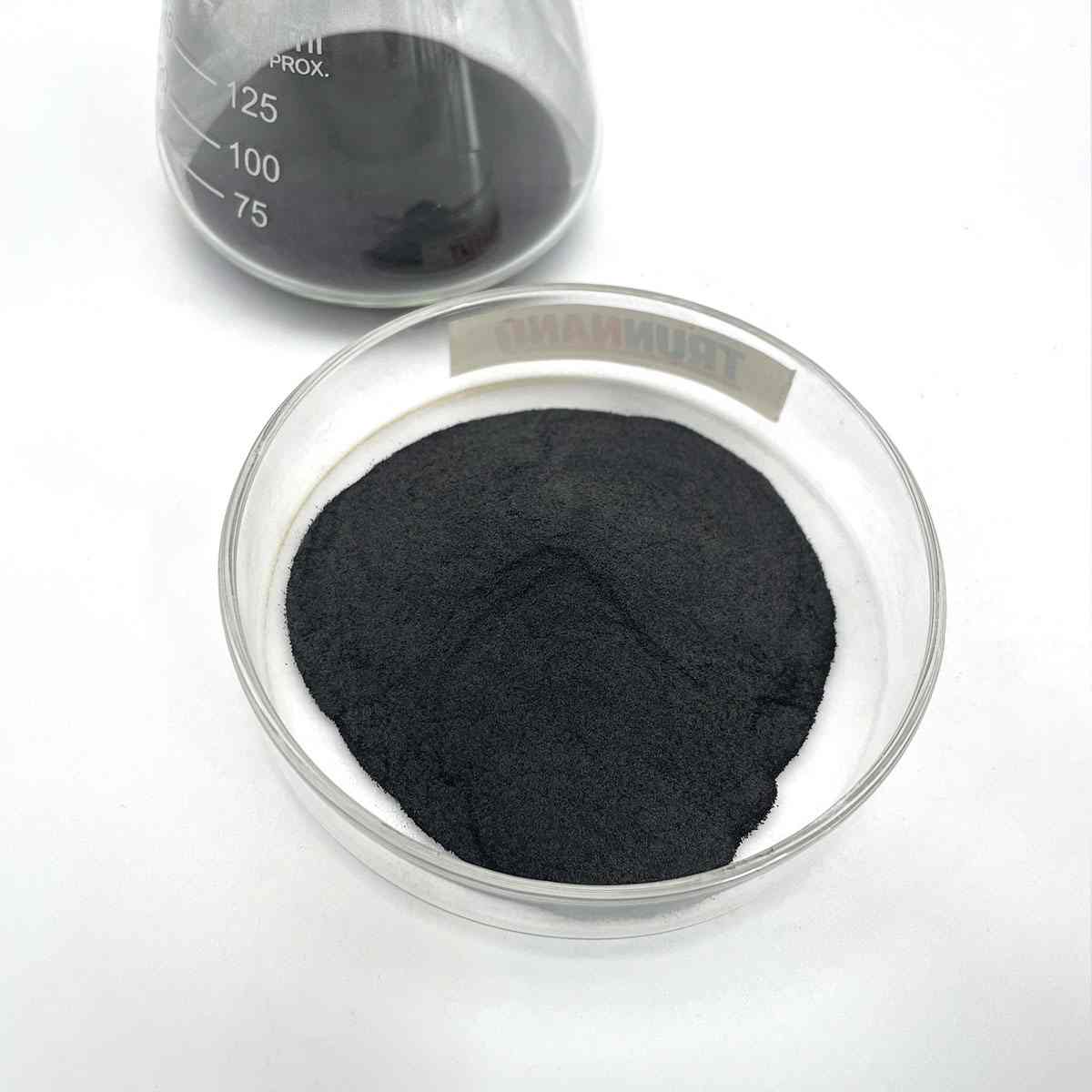Overview of 99.99% Semiconductor CAS 12136-59-3 Li2Te Powder Lithium Telluride
Telluride and selenide compounds play a significant role in the field of semiconductors, particularly in the development of advanced electronic and optoelectronic devices. These materials belong to the chalcogenide family, characterized by their ability to form compounds with elements from groups IV-VI in the periodic table.
Tellurides: Compounds containing tellurium (Te) as the chalcogen. Examples include cadmium telluride (CdTe), mercury telluride (HgTe), and zinc telluride (ZnTe). These materials have found applications in solar cells, infrared detectors, and high-speed electronics due to their tunable bandgap, high electron mobility, and good thermal stability.
Selenides: Similar to tellurides, but with selenium (Se) replacing tellurium. Notable examples are cadmium selenide (CdSe), gallium selenide (GaSe), and zinc selenide (ZnSe). Selenide compounds are widely used in light-emitting diodes (LEDs), laser diodes, and solar cells due to their direct bandgap properties and efficient light absorption/emission capabilities.
Feature of 99.99% Semiconductor CAS 12136-59-3 Li2Te Powder Lithium Telluride
Direct Bandgap: Many telluride and selenide semiconductors have direct bandgaps, which facilitate efficient light emission and absorption processes. This makes them suitable for optoelectronic applications such as LEDs and lasers.
Tunable Bandgap: The bandgap of these materials can be adjusted by alloying or altering the composition (e.g., CdSe to CdTe), enabling customization for specific device requirements across a wide spectrum of wavelengths.
High Electron Mobility: Materials like HgCdTe exhibit high electron mobility, which is crucial for high-speed electronic devices and low-noise detector applications.
Thermal Stability: Some tellurides and selenides, like ZnTe and ZnSe, demonstrate good thermal stability, making them suitable for high-temperature operation and processing.
Non-Toxic Alternatives: With increasing environmental concerns, there’s a push towards exploring less toxic alternatives to commonly used semiconductors. For instance, Cd-based tellurides and selenides are being replaced or combined with less toxic elements like Mg or Mn in some applications.

(99.99% Semiconductor CAS 12136-59-3 Li2Te Powder Lithium Telluride)
Parameters of 99.99% Semiconductor CAS 12136-59-3 Li2Te Powder Lithium Telluride
Lithium Telluride (Li2Te), with the Chemical Abstracts Service (CAS) number 12136-59-3, is a fascinating semiconductor material that holds significant importance in various technological applications. This compound is formed by the combination of lithium (Li), a highly reactive alkali metal, and tellurium (Te), a chemical element found in group 16 of the periodic table. As a semiconductor, Li2Te exhibits unique electronic properties that make it an attractive material for researchers and engineers.
Semiconductors are materials that have electrical conductivity between that of conductors and insulators. They are crucial components in modern electronics, as they allow for efficient control and manipulation of electrical signals. In the case of Li2Te, its semiconducting behavior arises from the bandgap, which is the energy difference between valence and conduction bands. This bandgap determines the material’s ability to transmit or block electrical current.
One of the key features of Li2Te is its high temperature stability, which sets it apart from other semiconductors. It maintains its semiconducting properties even at elevated temperatures, making it suitable for applications where thermal management is critical, such as in thermoelectric devices. These devices convert temperature differences into electrical voltage, harnessing waste heat and providing a sustainable energy source.
Another interesting aspect of Li2Te is its potential use in optoelectronics. It has a strong absorption coefficient in the infrared region, which could be harnessed for applications like photodetectors and solar cells. By incorporating Li2Te into these devices, researchers can potentially improve their efficiency and sensitivity.
In addition to its electronic properties, Li2Te has been studied for its potential applications in spintronics, a field that combines electronics and magnetism. The compound’s magnetic properties, coupled with its semiconducting nature, could enable the development of novel devices that utilize both charge and spin information, leading to enhanced data processing capabilities.
However, despite its promising attributes, Li2Te faces challenges in large-scale production and integration due to its high reactivity with moisture and air. To overcome this, extensive purification and encapsulation techniques are required during synthesis and handling. Research is ongoing to develop more robust synthesis methods and improve the material’s stability.
In conclusion, Lithium Telluride (CAS 12136-59-3) is a versatile semiconductor material with exceptional properties that make it an intriguing candidate for numerous technological innovations. Its high temperature stability, potential in optoelectronics, and spintronic applications make it a valuable component in the quest for next-generation electronics. While there are still challenges to overcome, continued research and advancements in material science promise to unlock new possibilities for Li2Te in the future.

(99.99% Semiconductor CAS 12136-59-3 Li2Te Powder Lithium Telluride)
FAQ of Semiconductor Materials
Inquiry us






